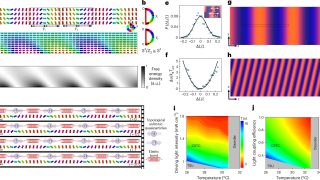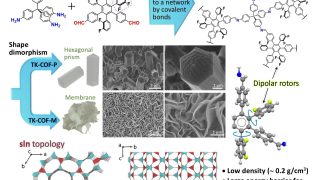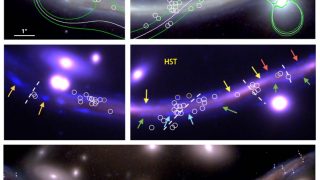
Biodiversity needs single-species conservation
Autor: Chris Johnson, Professor of Wildlife and Conservation Ecology, University of Northern British Columbia and Justina C. Ray, Adjunct professor, Department of Ecology and Evolution, University of Toronto Through the federal Building Canada Act, “projects of national interest” are being fast-tracked while hundreds of major resource projects are already under construction or planned in the […]








